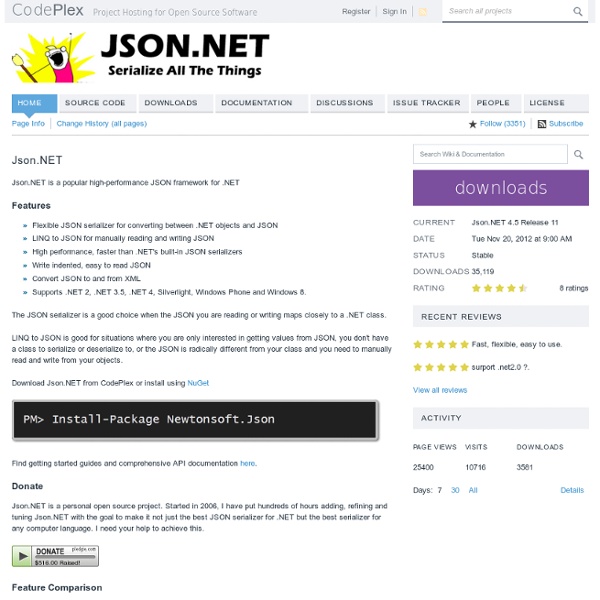



HAProxy - The Reliable, High Performance TCP/HTTP Load Balancer Getting Started With The PayPal API Advertisement PayPal is the most popular platform for receiving online payments today. The ease of opening a PayPal account and receiving payments compared to opening a merchant account with a traditional payment gateway is probably the number one reason for its popularity, with a close second being the comprehensive API that PayPal provides for its payment services. In this post, I will break down some of the techniques and approaches to working with the PayPal API, in order to make integration and troubleshooting simpler and easier. Disclaimer: PayPal’s API is among the worst I’ve ever had to deal with. The Different Payment Options PayPal offers a variety of payment options, which might be confusing at first: Express Checkout The premier PayPal service. This list is not comprehensive, but it covers the main payment options (see the API documentation for more). Making API Requests PayPal supports two main formats over HTTP: NVP and SOAP. Requests are made over HTTPS. Express Checkout 1. 2.
squid : Optimising Web Delivery How to call a Visual C# method asynchronously The Microsoft .NET Framework makes it easy to call functions asynchronously. Calling functions asynchronously causes the system to execute them in the background on a secondary thread while the calling function continues to do other work. In a typical (synchronous) function call, the function is executed right away on the same thread that made the call. The calling function waits for the call to complete and receives the results of the call before continuing. By contrast, when you make an asynchronous call, you retrieve the results of the asynchronous call later. This article demonstrates how to do this by using Visual C#. Requirements How To Make Asynchronous Calls Asynchronous calls are made by using delegates. BeginInvoke() is used to initiate the asynchronous call. The EndInvoke() function is used to retrieve the results of the asynchronous call. The following is an example of a delegate and its BeginInvoke() and EndInvoke() methods: Sample 1: Calling A Method Synchronously
Playing In PayPal's Sandbox Hello, is this thing on? Many of us who have, or are in the process of launching, e-commerce sites have wondered about this at one time or another. The most common way of finding out is to make a test purchase of $1 or less, to see if everything works. At about 35 cents a try (in PayPal fees), most people simply consider it a start up cost. But there is an alternative, that costs nothing to use; the PayPal Sandbox. With the sandbox you can simulate PayPal transactions, as many times as you want, without incurring any processing fees. Getting Started You will first need a PayPal sandbox account. Once you have completed the sign up and verification process, you should be able to log into your sandbox account. Test Accounts Test accounts are simulations of PayPal buyers and sellers. After your test accounts have been created, you can goto the “Test Accounts” section of the sandbox, select an account, and then click “Enter Sandbox Test Site.” Test Email Configuring Your Site Let’s Play!
Blog | Desjardins Internet Payment Solutions Open XML Format SDK 2.0: Getting Started Best Practices - Erika Ehrli - Adventures with Office Products & Technologies The Open XML Format allows you to generate, manipulate, or pull data from Word 2007, Excel 2007, and PowerPoint 2007 files. If you are working with Microsoft-based solutions, you can generate, manipulate, and pull data from documents using the following tools and technologies: Note: If you are working with Java or PHP/Linux/Unix/Solaris, you can also find plenty of resources here and here. Anyway, today I want to focus on a couple best practices for getting started with coding for Open XML Format SDK 2.0. For the last couple of months I have been working with some Open XML gurus: Zeyad Rajabi, Linda Lanqing Brownell, Eric White, Joel Krist, and Ken Getz. Quite frequently I hear from most of them a couple best practices that I’d like to share with you today: If you plan to build a solution using the Open XML Format SDK 2.0… Always start with a template for your solution Use DocumentReflector to get started with coding Always start with the template for your solution Open Visual Studio 2008.